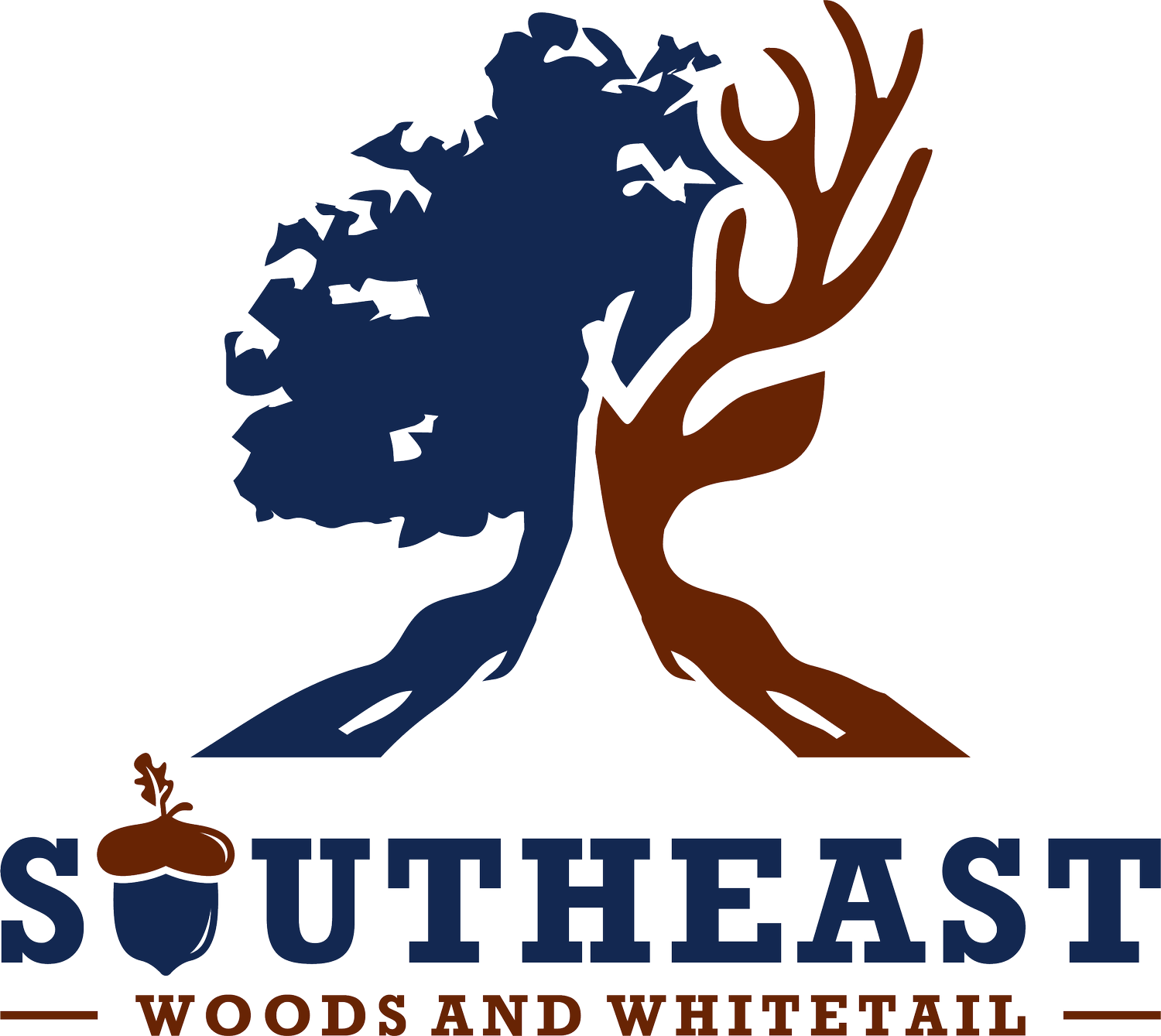Thinning Pine Stands in Northwest Alabama: Challenges, Benefits, and How We Can Help
Thinning Pine Trees in Northwest Alabama: Challenges and Importance
Thinning pine trees is an essential management practice for landowners in Northwest Alabama, but it comes with unique challenges. With only two outlets for pine pulpwood in the region—one of which is in Tennessee—finding a buyer can be difficult. Despite these logistical issues and the modest financial returns, thinning remains critical for maintaining healthy and productive pine stands.
Why Thin Pine Stands?
Thinning reduces competition for resources like sunlight, water, and nutrients by selectively removing some trees. This opens the canopy, promotes healthier growth of the remaining trees, and improves stand quality by removing weaker, lower-value trees.
Thinning also has practical benefits for wildlife and forest health. A thinned stand provides more light to the forest floor, encouraging the growth of grasses and other plants that benefit deer, turkey, and other wildlife. Moreover, thinning reduces the likelihood of future pine beetle attacks, as a less crowded stand experiences lower stress levels, making it more resistant to pests.
When to Thin Pine Stands
Pine stands are usually ready for their first thinning at around 16 years of age. Depending on management goals, some stands may require a second thinning later. Every thinning should be guided by a clear objective, whether it’s optimizing timber production, improving wildlife habitat, or both.
Understanding Basal Area
A key concept in forestry is basal area, which measures the density of tree trunks in a stand, expressed as square feet per acre. It essentially quantifies how crowded the forest is.
For wildlife management, a basal area of 60-65 square feet per acre is optimal, creating a balance between forest openness and habitat benefits for species like deer and turkey.
Thinning to a basal area as low as 45 square feet per acre is ideal for quail and other ground-nesting birds but requires intensive management, including annual prescribed burning.
For timber production, a basal area of 75-80 square feet per acre ensures optimal growth and future harvest potential.
Financial Realities of Thinning
Thinning is not a big revenue generator for landowners. The trees removed are typically small, lower-value trees used for pulpwood. Additionally, thinning is always done on a pay-as-cut basis, where landowners are paid for each unit of timber harvested. This approach accounts for variability in the number and size of trees removed. Unfortunately, thinning pines in our region has effectively become a necessary management practice rather than a money-making operation.
The Thinning Process
Thinning involves careful planning and execution:
Stand Evaluation: A forester identifies trees to remove, prioritizing those with poor form, disease, or low growth potential.
Opening the Canopy: The goal is to reduce competition while leaving the best trees to grow to maturity.
Harvesting and Payment: Contractors harvest trees based on the prescription, and landowners are paid weekly for the volume removed.
Benefits of Thinning
While thinning doesn’t generate significant immediate revenue, its long-term benefits include:
Improved Tree Growth: Remaining trees grow faster and healthier due to reduced competition.
Better Wildlife Habitat: Thinning encourages understory vegetation, providing food and cover for wildlife.
Reduced Pine Beetle Risk: A thinned stand is less stressed and more resistant to pests like pine beetles.
Sustainable Forest Management: Thinning maintains the health and productivity of the stand for future growth.
We’re Here to Help
If you’re a landowner in Northwest Alabama and are considering thinning your pine stand, contact us at Southeast Woods and Whitetail LLC. We may be able to handle the thinning for you. If not, we’ll work with our extensive network of contacts to arrange thinning through another timber-buying entity. Thinning is an investment in your land’s future—let us help you make it happen!
